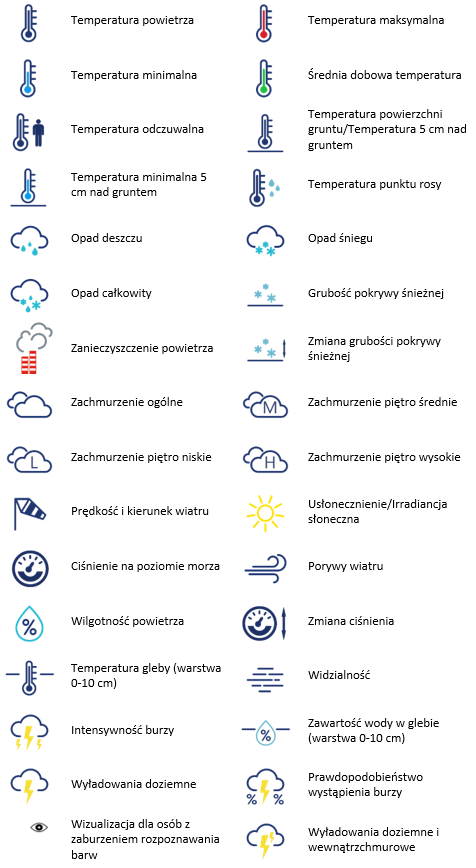From Wikipedia, the free encyclopedia
Gdańsk has a climate with both oceanic and continental influences. According to some categorizations, it has an oceanic climate (Cfb), while others classify it as belonging to the continental climate zone (Dfb).[127] It actually depends on whether the mean reference temperature for the coldest winter month is set at −3 °C (27 °F) or 0 °C (32 °F). Gdańsk’s dry winters and the precipitation maximum in summer are indicators of continentality. However seasonal extremes are less pronounced than those in inland Poland.[128]
The city has moderately cold and cloudy winters with mean temperature in January and February near or below 0 °C (32 °F) and mild summers with frequent showers and thunderstorms. Average temperatures range from −1.0 to 17.2 °C (30 to 63 °F) and average monthly rainfall varies 17.9 to 66.7 mm (1 to 3 in) per month with a rather low annual total of 507.3 mm (20 in). In general, the weather is damp, variable, and mild.[128]
The seasons are clearly differentiated. Spring starts in March and is initially cold and windy, later becoming pleasantly warm and often increasingly sunny. Summer, which begins in June, is predominantly warm but hot at times with temperature reaching as high as 30 to 35 °C (86 to 95 °F) at least couple times a year with plenty of sunshine interspersed with heavy rain. Gdańsk averages 1,700 hours of sunshine per year. July and August are the warmest months. Autumn comes in September and is at first warm and usually sunny, turning cold, damp, and foggy in November. Winter lasts from December to March and includes periods of snow. January and February are the coldest months with the temperature sometimes dropping as low as −15 °C (5 °F).[128]

